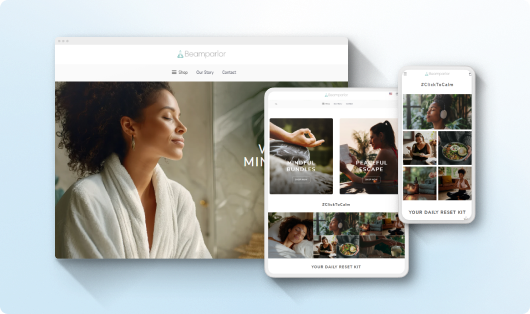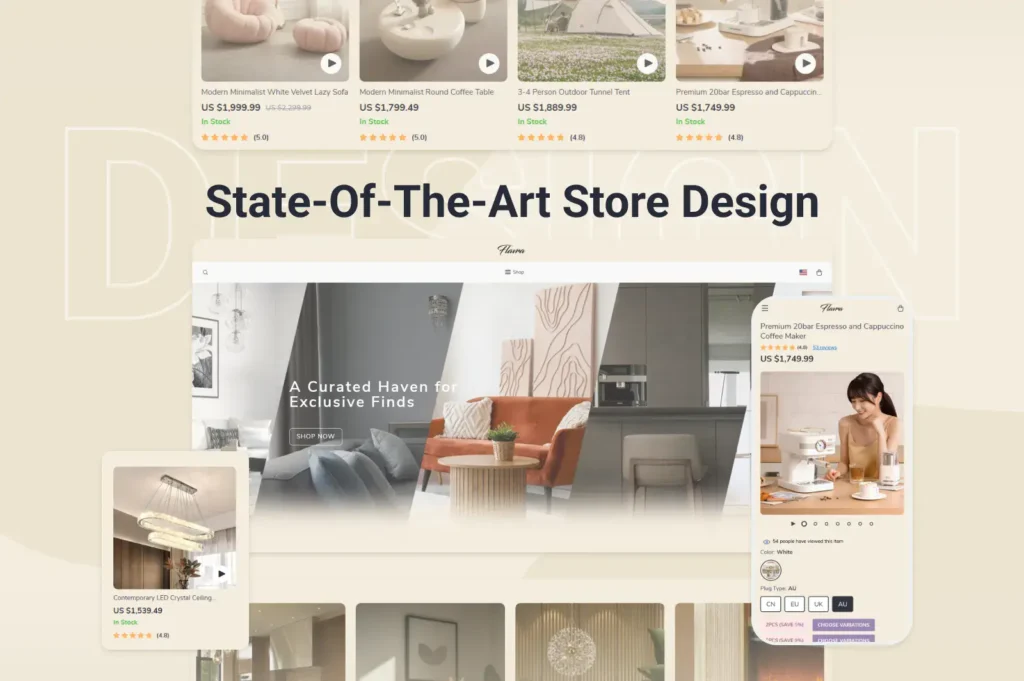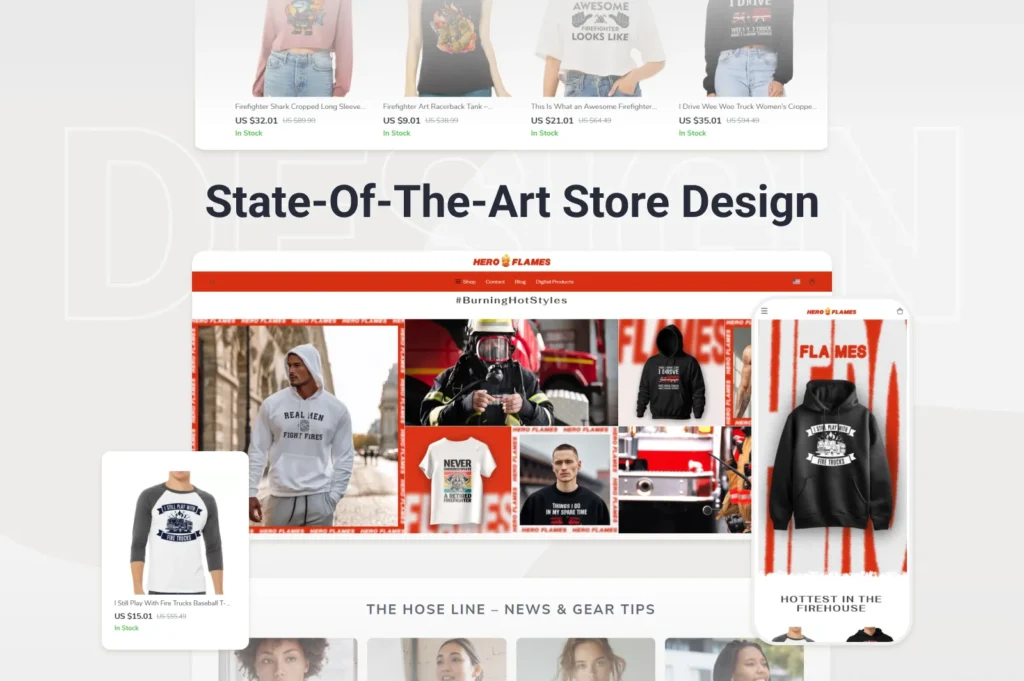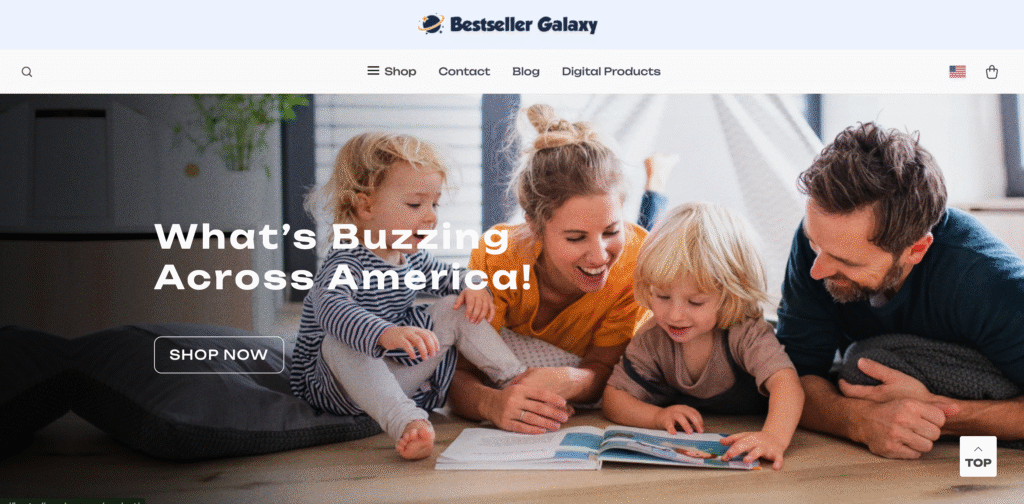Setting a price for your product seems simple: pick a number, add your margin, list it, done. But as every store owner eventually learns, setting the right price is where the real business happens.
The right price can make your product fly off the shelves. The wrong one can make it invisible, no matter how great it is. All stores in our listings run on the Sellvia platform, and that means that you can adjust prices effortlessly. But understanding why and when to change them takes insight, data, and strategy.
That’s where pricing becomes both an art and a science. And we’re here to help you master it. In this article, we’ll explore:
- Why it’s important to control your pricing — and what happens when you don’t
- Modern pricing solutions that help you stay competitive, including dynamic pricing, omnichannel consistency, and personalized pricing strategies
- Common mistakes entrepreneurs make when setting prices and how to avoid them
- And finally, how Offiro helps you get your pricing right — from expert analysis to built- in tools that make smart pricing easier than ever.
Whether you’re just starting your first store or fine-tuning an existing one, mastering your pricing strategy is one of the most powerful steps toward steady, scalable growth.
Why It’s Important to Control Pricing

Pricing is more than just a set of numbers — it’s a strategy that defines how your business runs day to day. The prices you choose affect how customers see your brand, how suppliers work with you, and how stable your income stays over time.
When you take control of pricing, you gain control over how your business grows. Here’s what the right pricing gives you:
1. Optimal Margin
Good pricing helps you earn what your products are truly worth. By balancing your costs, market demand, and competition, you can reach that point where your price feels fair to customers and still brings you solid profit on every sale.
2. Clear and Stable Relationships with Your Suppliers
Consistent, well-planned pricing gives your suppliers confidence. They can plan inventory, shipping, and discounts knowing that your prices won’t fluctuate unpredictably. That stability often turns into stronger partnerships and better deals for your store.
3. Consistent Prices Across All Channels
Your products appear in many places: on your store, social media, and marketplaces. When your prices are the same everywhere, customers see your brand as professional and trustworthy. It also prevents confusion and builds long-term loyalty.
4. Flexibility and Quick Reaction to Market Changes
A controlled pricing strategy lets you react fast — whether it’s a competitor’s flash sale, seasonal demand spikes, or changing delivery costs. Instead of cutting into your profit, you can adjust smartly and stay ahead.
In short, pricing is one of the most powerful tools you have to keep your business stable, competitive, and profitable.
What Happens If You Don’t Pay Enough Attention to Pricing

Neglecting your pricing might seem like a small mistake, but it can have big consequences. When your prices aren’t monitored or regularly reviewed, your business can quickly lose control over both sales and reputation. Here are some of the most common issues that come from poor pricing management:
1. Unstable Prices Across Different Channels
When your product costs vary between your website, ads, and marketplaces, customers notice. It creates confusion, weakens trust, and can even make your analytics unreliable. Consistency is key — mismatched prices lead to inconsistent sales and make it harder to understand what’s really working.
2. Unfair Competition
If you ignore your pricing rules or distributors’ recommendations, you risk undercutting others and sparking price wars that no one wins. Once the price drops too low, recovering your margins becomes difficult. Responsible pricing helps maintain fairness and keeps your brand’s image strong in the market.
3. Discount Chaos
Old campaigns, forgotten promo codes, or overlapping discounts can quietly eat away your profits. Without proper tracking, you might find that your once-profitable products are selling below cost. Controlled discount management ensures that every offer helps your sales — not harms them.
4. Missed Opportunities
Pricing is a great way of catching opportunities. When you react too slowly to demand spikes, competitor changes, or market trends, you miss potential profit. The brands that monitor and adjust pricing in real time always stay one step ahead.
In short, losing control over pricing means losing control over your business from your customer trust to your bottom line.
How to Get the Pricing Right — Modern Solutions

In today’s fast-paced market, flexibility is what separates growing businesses from stagnant ones. Prices can’t stay static when demand, competition, and customer behavior shift every hour. Modern pricing is all about adapting to the changes as fast as possible.
Here are three approaches that help you stay agile, competitive, and profitable.
1. Dynamic Pricing
Imagine your prices changing in real time based on dozens of factors, like competitor actions, product demand, even time of day. Done right this system determines the exact price your customer is ready to pay, and the one that earns you the most.
How does Amazon do it?
Amazon’s algorithms analyze prices every second, constantly optimizing for maximum efficiency.
- Competitor pricing. If competitors raise or lower their prices, Amazon reacts instantly
- Stock levels. When a product is running low, the price rises automatically
- Customer behavior. If people often add an item to their carts but don’t complete the purchase, the system might lower the price slightly to encourage checkout
What to remember:
- Avoid sudden, drastic price changes as they can undermine customer trust
- Watch your profit margins closely. Lower prices don’t always mean more sales, and higher prices don’t always reduce them
- Introduce pricing changes gradually. Shoppers value predictability and may avoid brands that change prices too aggressively
2. Omnichannel Pricing
Now imagine your prices automatically synchronize across every platform — your store, social media, and marketplaces. When customers see the same price everywhere, they feel confident buying from you. But if prices vary, they’ll simply pick the cheapest option, often outside your store.
How does Adidas do it?
Adidas has implemented a complete omnichannel system that keeps prices and promotions consistent worldwide.
- Unified pricing. The same prices appear in online stores, social media shops, and physical outlets
- Flexible discounts. Promotions apply seamlessly across all platforms
- Smart notifications. The system automatically reminds customers who are waiting for discounts or restocks
What to remember:
- Use ERP and PIM systems that sync prices automatically. Manual updates across multiple channels are error-prone and time-consuming
- Make sure your loyalty programs work uniformly across platforms, so customers get the same benefits no matter where they shop
3. Price Personalization
It’s perfectly normal to have different prices for different customers. After all, when it starts raining, umbrellas cost more and people still buy them. Personalized pricing simply applies this logic online, guided by data.
How does Booking.com do it?
Their algorithms constantly adapt prices to the user and context.
- Regional pricing. Prices change depending on where you are and where you plan to travel
- Loyalty discounts. Returning customers or those booking specific dates often get personalized offers
- Behavior-based pricing. If you browse several listings but don’t buy, the system may lower prices or highlight cheaper options to encourage action
What to remember:
- Use retargeting effectively. If someone added an item to their cart but didn’t buy, it’s the perfect time to offer a discount or bundle
- Reward loyalty. Referral programs and repeat-customer bonuses build lasting trust
- Don’t ignore geotargeting — regional delivery costs and taxes can vary greatly, and prices should reflect that
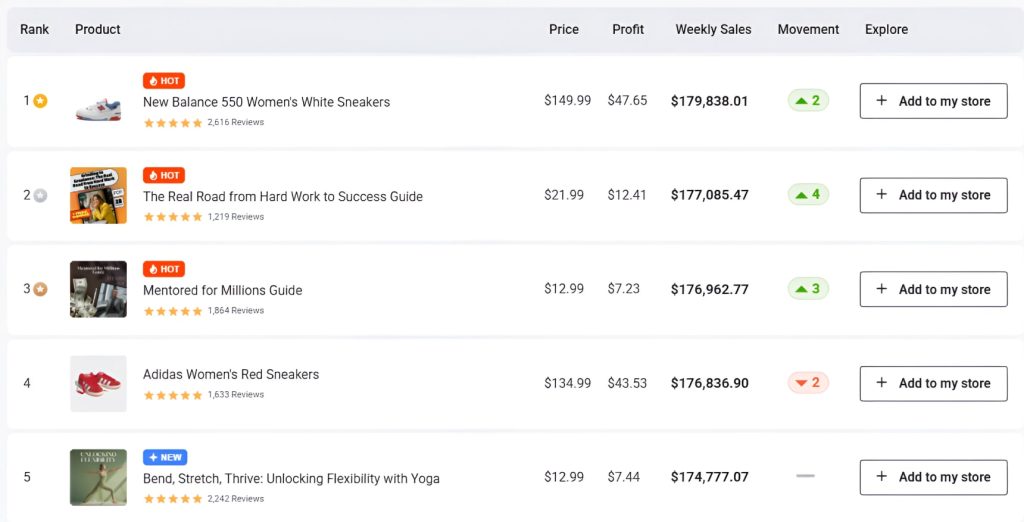
Modern pricing is all about adaptability and with the right tools, it doesn’t have to be complicated.
Offiro stores already come equipped with built- in features that help you control prices, manage discounts, and keep everything synchronized across platforms. You can easily track what’s working, make adjustments in real time, and maintain consistency without endless manual work.
And if you ever need a second opinion or a bit of guidance, Offiro experts are always here to help.
Pricing Mistakes and How to Avoid Them

Even if your product lineup is perfectly balanced and your marketing runs smoothly, pricing mistakes can still take a heavy toll on your profits.
Your prices define the balance between competitiveness, profitability, and brand perception — and getting that balance wrong can cost you customers, trust, and market share. Here are some of the most common pricing pitfalls and what you can learn from them.
1. Lack of Flexibility
One of the biggest pricing mistakes is sticking to prices for too long. When your prices lag behind the market, your competitors quickly gain the upper hand.
As a result:
- Competitors start to outperform you
- Your products lose relevance due to outdated pricing
- You lose your share of the market
A good example is JCPenney’s 2012 pricing experiment. The company decided to remove all discounts and switch to so-called “fair prices” — lowering prices by about 40% across the board and eliminating all promotions.
The idea sounded honest and simple: customers would always know the real value of what they were buying. But it backfired. The company lost $163 million, overall sales dropped 20%, and online sales fell by 27%.
Why didn’t it work?
- They didn’t understand their audience. Shoppers were used to seeing discounts — when those disappeared, so did their motivation to buy
- They lacked marketing pressure. No time-limited offers, no special deals — customers simply felt no urgency
- They missed price positioning. Different customer segments didn’t understand what “fair price” really meant
How to avoid it:
- Use dynamic pricing to adjust quickly to market trends and buyer behavior
- Avoid rigid “fixed-price” policies. Flexibility is your key to staying relevant
2. Ignoring Data and Relying on Intuition
Another common trap is setting prices “ by feel.” When there’s no clear strategy behind your numbers, you end up guessing — and guesses are expensive.
If prices are too high, customers stop buying. If they’re too low, your profits vanish. And when pricing is random, even your marketing campaigns stop working properly.
In 2018, H&M learned this lesson the hard way. The company accumulated $4.3 billion worth of unsold goods largely due to poor demand forecasting and slow price adjustments.
Why didn’t it work?
- They didn’t adapt prices to match demand, leaving stock to pile up
How to avoid it:
- Use analytics tools to monitor demand, competitor activity, and price performance
- Test different pricing strategies on small product groups before rolling them out across your store
3. Lack of Transparency
Customers don’t expect to know every detail of your pricing algorithm, but they do expect clarity and fairness. When prices feel random or discounts appear without explanation, trust quickly erodes.
In 2016, Uber faced major backlash for introducing opaque pricing adjustments based on factors like device type without explaining it to users. The company later had to apologize publicly and clarify how their pricing model worked.
Why didn’t it work?
Customers felt manipulated. They didn’t understand why the same ride could cost differently depending on their phone.
How to avoid it:
- Use omnichannel pricing to ensure your prices are consistent everywhere
- Be transparent about discounts and personalized offers — customers appreciate honesty
- Help your buyers understand (even briefly) why prices may change — for example, due to demand, delivery costs, or seasonality
How Offiro Helps You Get Your Pricing Right
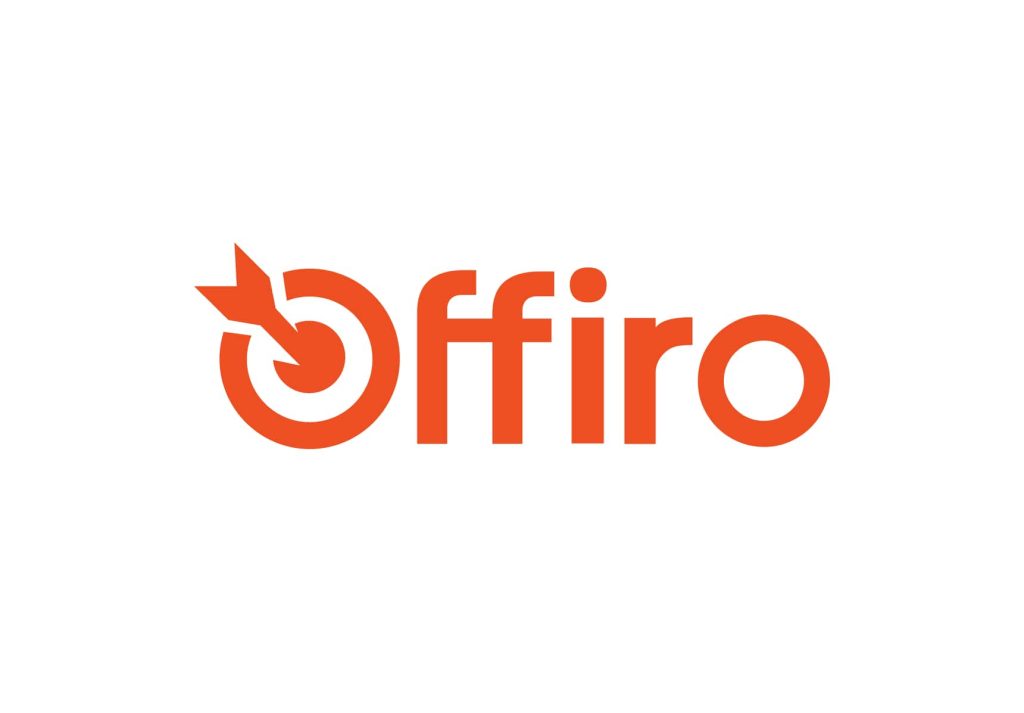
Every store on Offiro comes equipped with smart pricing tools that make monitoring and adjustments effortless. You can track market changes and product demand — and update prices in just a few clicks.
The system also helps protect you from costly mistakes. If your price drops below the supplier’s minimum or looks inconsistent with the market, Offiro will alert you immediately, giving you a chance to fix it before it affects your sales or reputation.
Plus, you’re never on your own. Offiro offers an extensive knowledge base filled with tips, guides, and expert advice on every aspect of running your business, including pricing strategy, marketing, and store growth. And if things don’t go exactly as planned, our experts are always here to help, ready to analyze your situation and suggest what works best.
Ready to take the first step? Contact our experts today to find the perfect store for you and start 2025 with a business that’s ready to grow.

